 The Immortal Life of Henrietta Lacks, by Rebecca Skloot
The Immortal Life of Henrietta Lacks, by Rebecca Skloot
This is the story of Henrietta Lacks, her HeLa cells, and her family’s struggle to learn about their long dead mother. It’s also a detective story, a story of medical conduct, a story of Jim Crow, a story of modern and historical psychology, a story of ethics, and a story of religious faith. It is even a love story. It is all of these things, and Rebecca Skloot has successfully merged them into one of the most fascinating books I’ve read in many years.
Until recently few knew about Henrietta Lacks the person, though cell culture researchers have known of the HeLa cell line for many decades. Taken from the cervical cancer that killed Henrietta in 1951, HeLa cells have become immortal, living in test tubes and freezers in the billions even now, more than 60 years after Henrietta’s death. Growing like the cancer they derived from, HeLa cells have been used to develop treatments for many diseases, but also have contaminated virtually ever other cell line that has been attempted. This book traces the history of the cells, their benefits, and the ethical questions that arose because of their use without the knowledge of anyone in Henrietta’s family.
But even more than that, this is a book about the struggle of Henrietta’s descendants to learn about the mother they never knew. A poor African-American family that has gone through many trials must now take on the trials of seeking out answers. At times breathtakingly sad, the story can at other times have you cheering for Henrietta’s youngest daughter Deborah and her extended family.
I highly recommend this book. Scientists will find the medical story captivating, both for the thrill of its discoveries and the questions raised about informed consent. Non-scientists should also be enthralled with the medical story, but will also see the broader questions of segregation, poverty, family, religious belief, and the sometimes expansive divide between scientists and the public.
Skloot’s writing is stellar. She easily conveys the medical and technical material in language everyone can understand. She is equally adept in communicating the depth of emotion and confusion and anger of Henrietta’s family.
David J. Kent has been a scientist for thirty-five years, is an avid science traveler, and an independent Abraham Lincoln historian. He is the author of Tesla: The Wizard of Electricity (now in its 5th printing) and two e-books: Nikola Tesla: Renewable Energy Ahead of Its Time and Abraham Lincoln and Nikola Tesla: Connected by Fate. His book on Thomas Edison is due in Barnes and Noble stores in spring 2016.
Follow me by subscribing by email on the home page. And feel free to “Like” my Facebook author’s page and connect on LinkedIn. Share with your friends using the buttons below.



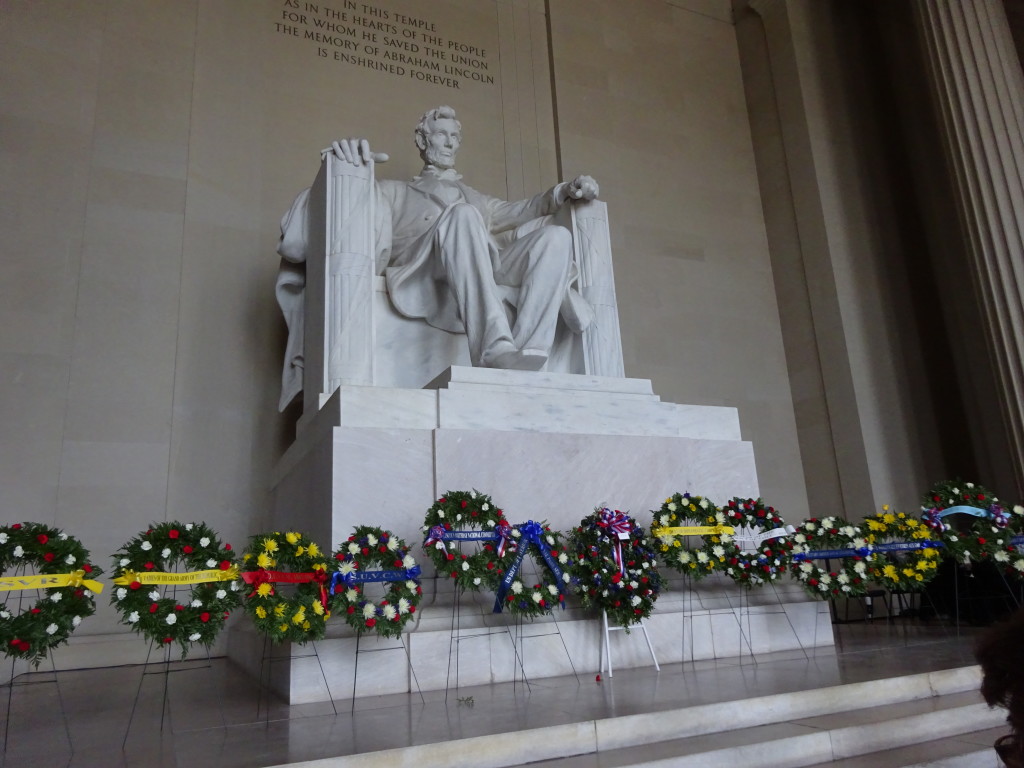

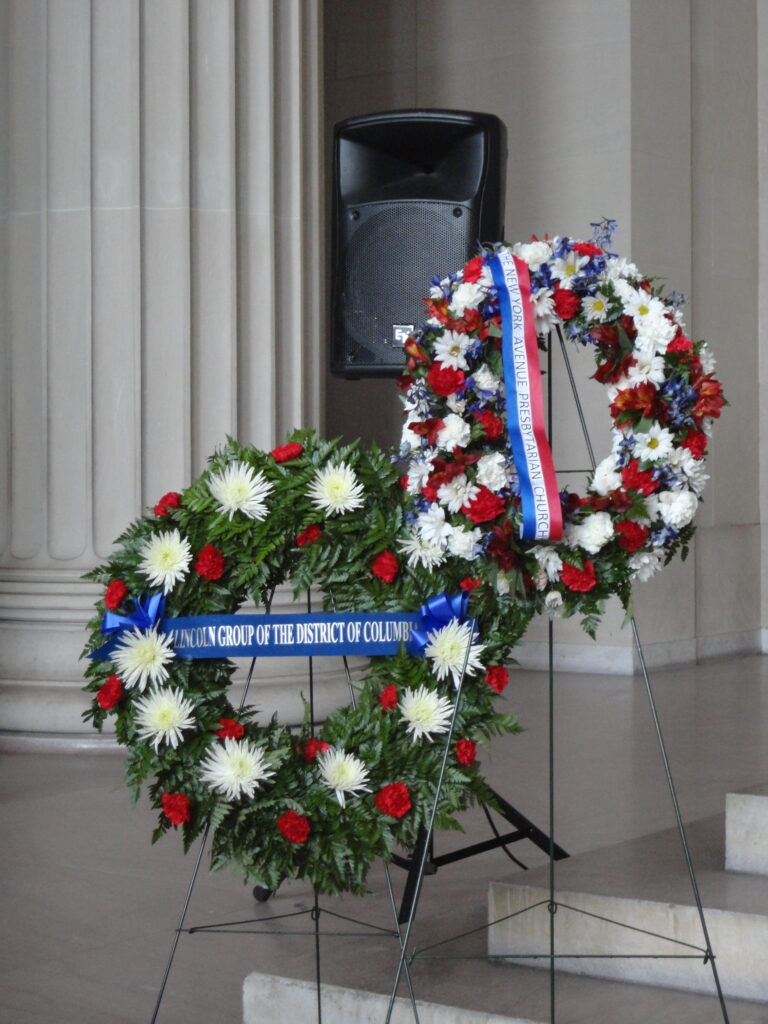

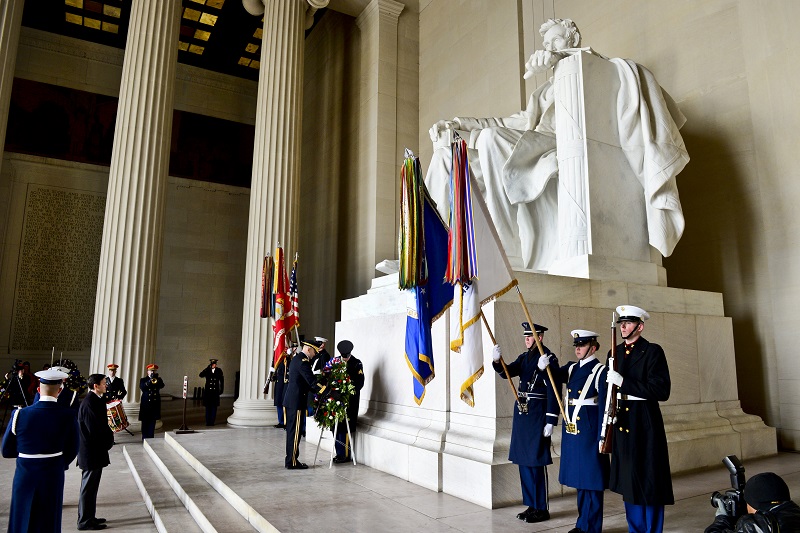
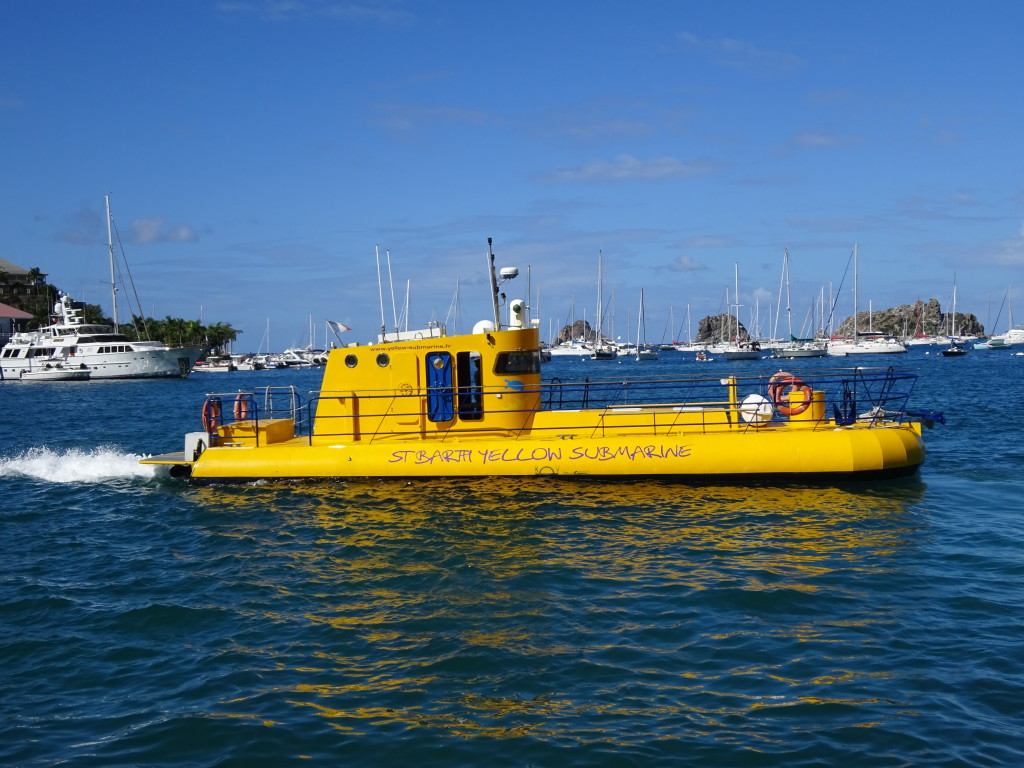
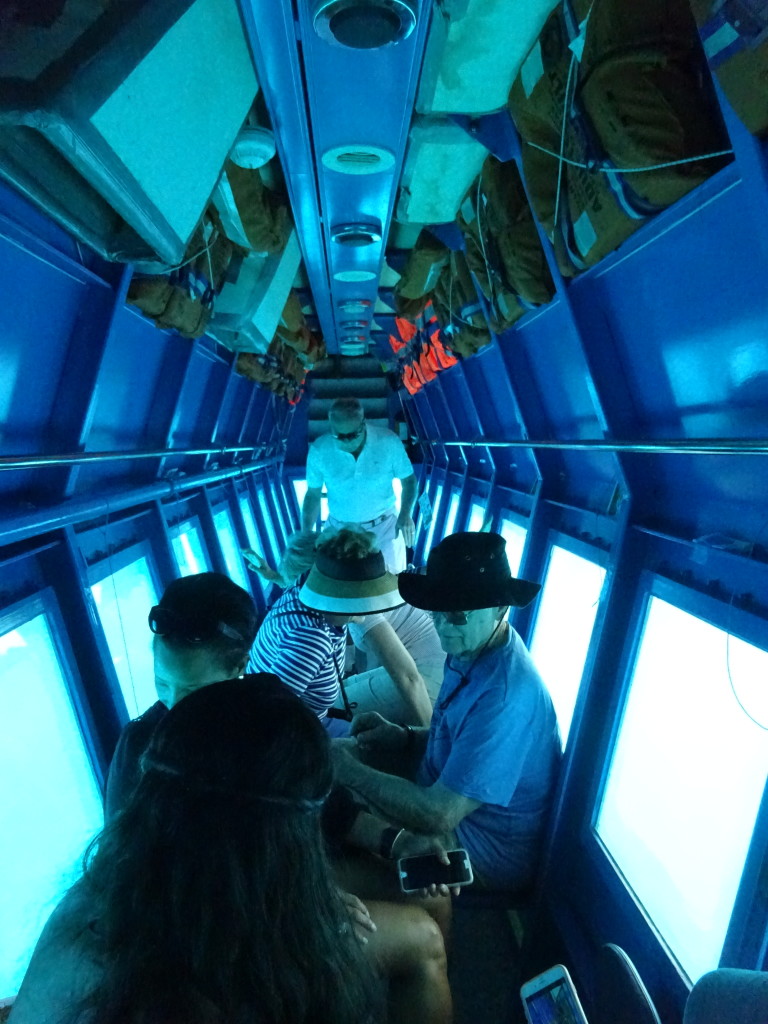
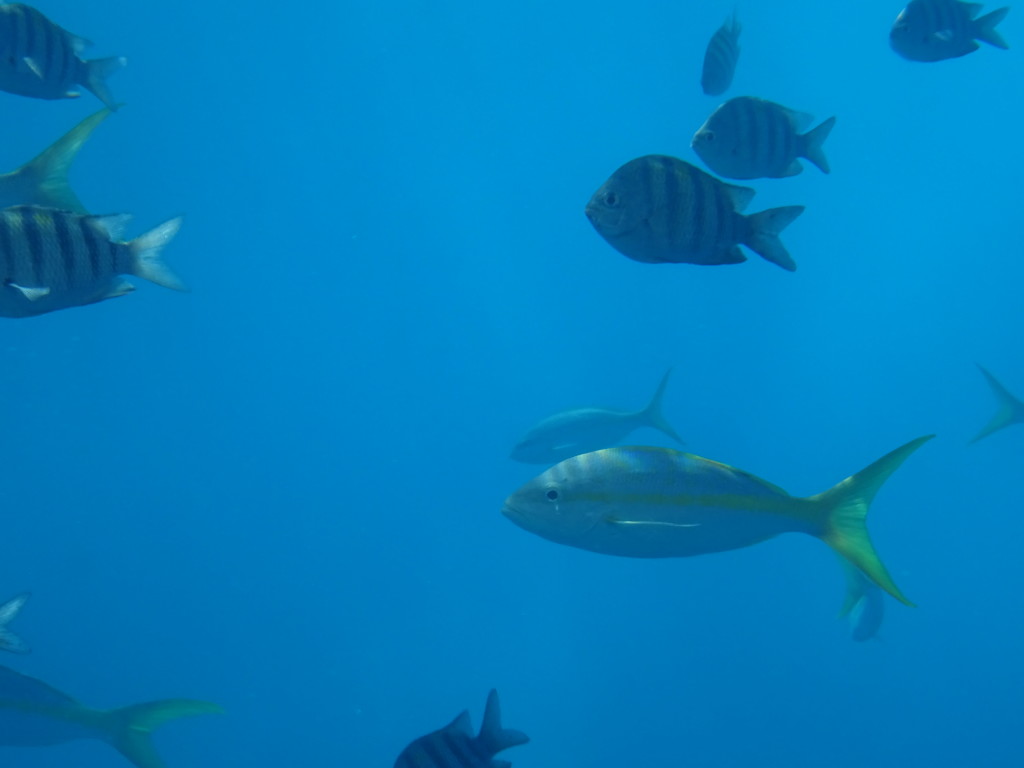
 Renowned author Simon Winchester has written a wonderful book about a scientist most people have not heard about, but should have. Joseph Needham was a biochemist, nudist, socialist-leaning British scientist at prestigious Cambridge University. He was devoted both to his wife and his mistress, the latter of whom was a visiting Chinese scientist who introduced him to the culture he would obsessively love and study the rest of his life.
Renowned author Simon Winchester has written a wonderful book about a scientist most people have not heard about, but should have. Joseph Needham was a biochemist, nudist, socialist-leaning British scientist at prestigious Cambridge University. He was devoted both to his wife and his mistress, the latter of whom was a visiting Chinese scientist who introduced him to the culture he would obsessively love and study the rest of his life.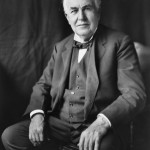
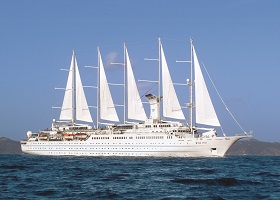

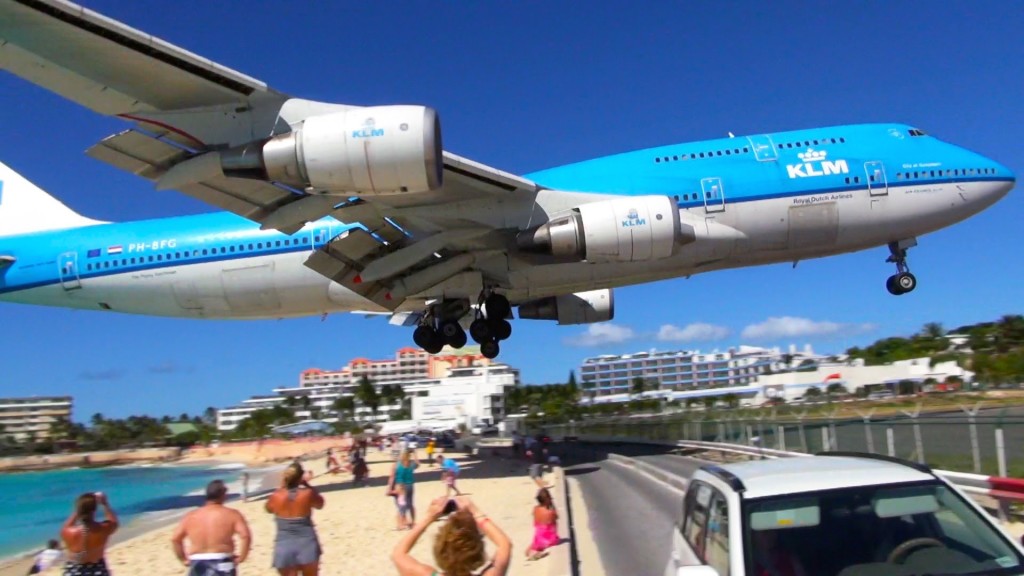
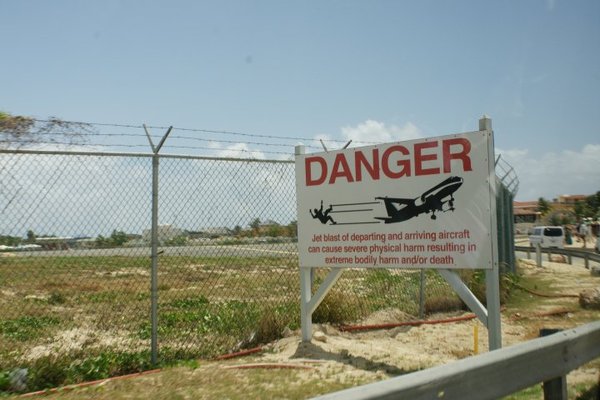
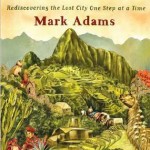 Mark Adams is an editor and writer for adventure magazines who had never done anything at all adventurous. That is, until he became obsessed with Hiram Bingham III, the Yale lecturer and explorer who discovered Machu Picchu. Adams decides to follow in the steps of Bingham, and so begins a modern trek over ancient lands.
Mark Adams is an editor and writer for adventure magazines who had never done anything at all adventurous. That is, until he became obsessed with Hiram Bingham III, the Yale lecturer and explorer who discovered Machu Picchu. Adams decides to follow in the steps of Bingham, and so begins a modern trek over ancient lands.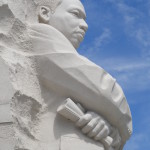 Martin Luther King Jr. had a dream. A dream in which “
Martin Luther King Jr. had a dream. A dream in which “






